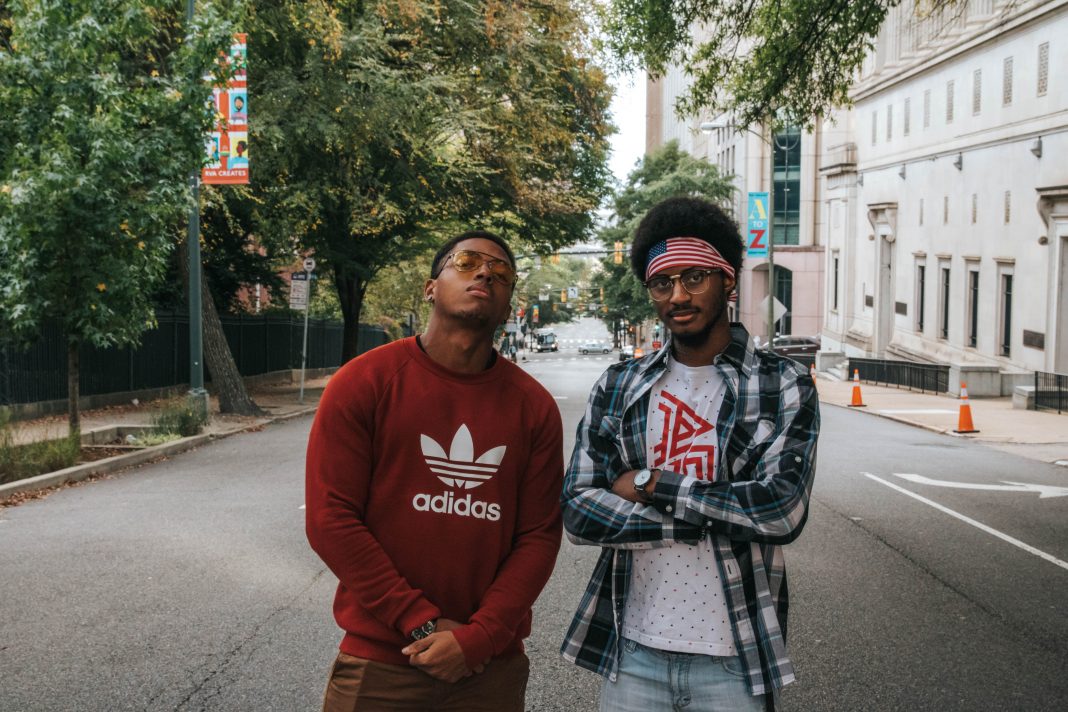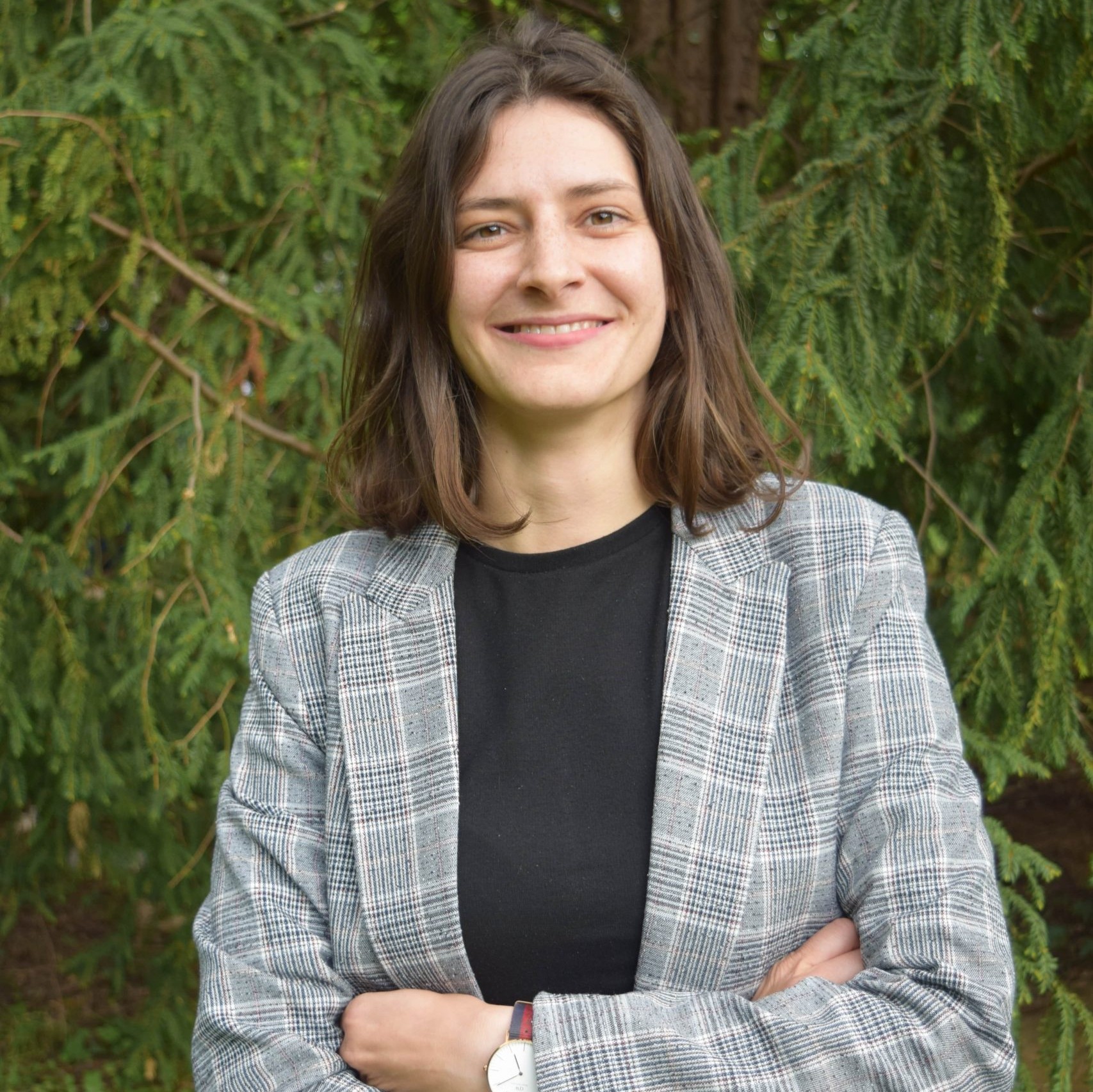Black individuals are 2,5 times more likely to be killed by law enforcement on public surfaces, are often harassed at home by their neighbours, and only 22% of them feel they can safely bike to local parks. With constant reminders of systemic racism – ‘Black Lives Matter’ doesn’t exist for no reason – it’s important to question how much this affects neighbourhoods of colour and the lack of safety of the residents in public spaces – and vice versa. We talked to the Executive Director at America Walks and former Mayor of Seattle Mike McGinn, who gave us insights on the problem and how to tackle it.
America Walks is a non-profit national organization bringing into focus the fundamental need for safe places to walk, bike and move, as well as highlighting racial inequities that pervade our society. Unfortunately, this is an ongoing issue, perhaps seen the most in the US, but no doubt equally present in countries all over the world. It is an important topic to discuss, as it represents the state of society, human behaviour, and a lack of respect for one basic human right – the ability to walk freely and safely in public spaces.
Lack of Safety as a Result of Cultural Bias
So why does this void even exist when it comes to providing safe streets in communities of colour? We should start by pointing out the main problem: Black and Brown people in the United States are overpoliced. As Charles T. Brown points out, over-policing does not occur only at the hands of law enforcement but through policies and polity as well.
Let’s look at a few cases of Black individuals killed somewhere where they should have felt safe:
- Tamir Rice (12 years old): Shot by the police while playing in his neighbourhood
- Trayvon Martin (17 years old): Shot by the neighbourhood watch coordinator, where Martin was visiting his relatives
- Elijah McClain (23 years old): Choked to death by police because he looked ‘sketchy’ while walking home
- Ahmaud Arbery (25 years old): Accosted and shot by white men while out jogging
- George Floyd (47 years old): Suffocated to death by the police for allegedly paying with a counterfeit $20 bill in a store
Keep in mind that these are only some of the more well-known cases. There are many many more. Simply by looking at the incidents, it becomes clear why there aren’t many pedestrians in communities of colour – Black and Brown people in the US simply “don’t feel safe in the public spaces because of the potential for being policed or because of the potential for harassment from residents,” Mike McGinn points out.
This, however, raises another issue. It proves that Arrested Mobility is very much real and persistent. “Arrested mobility is the assertion that Black people [and other minorities] have been historically and presently denied by legal and illegal authority, the inalienable right to move, to be moved, or to simply exist in public space. This results in adverse social, political, economic, and health effects that are widespread, preventable, and intergenerational.” – Charles T. Brown, MPA, CPD, LCI, 2020.
A ProPublica/Florida Times-Union analysis (conducted between 2012 and 2017) of tickets issued to pedestrians in Jacksonville, Florida, showed that 55% of all tickets were issued to Black pedestrians showing that they are three times more likely to receive a ticket than White pedestrians. During another unrelated 12-year study that Charles T. Brown points out, 79% of cycling tickets were issued to Black cyclists – issued on occasions even to 3-year-old children, while 89% of all commuters getting arrested on public transport are either Black or Hispanic.
According to Charles T. Brown, “proximity is not access”, as 54% of Black and Brown people don’t feel that children are safe from traffic when cycling in their neighbourhoods, and only 22% feel they can safely bike to local parks from their homes. This shows that even though public parks and cycling routes exist, it’s social elements that play a huge role in creating a safe environment for users of public spaces. As Mike points out:
“It is a cultural issue, and not a physical issue, that we ultimately have to address in this country if we’re going to truly make places welcoming and safe.”
54% of Black individuals are less likely to be physically active outside; this percentage is even higher when living in predominantly White neighbourhoods. And even then, the majority attempt to make themselves seem less threatening.
Divide Between White neighbourhoods and Neighbourhoods of Colour
If we want to appropriately address this issue, we have to first look at the origins of the problem.
Redlining
One of the contributing elements of the existing divide is a practice known as redlining. It represents one of the tools of systematic racism in the US, as neighbourhoods would be lined on maps for lenders as a way to keep Black and Brown residents in neighbourhoods of colour. Segregation might have become illegal, but the effects of this practice can still be seen today: not only did it play a part in creating the current gap between Black and White communities, but Black people today are often still steered towards Black neighbourhoods when buying a home – no matter their income.

Single-Family Zoning
Another element is single-family zoning, which prevents building anything else than homes for one family on a single lot. And according to Mike, this practice exists because residents don’t want apartment buildings in their neighbourhoods out of fear of who would move into those same apartment buildings.
President Joe Biden, however, started addressing this issue, while his predecessor Trump supported this practice as a tool to ‘buy’ votes from wealthy White people. Biden aims to restrain single-family zoning and finance affordable housing instead.
Highways Through the Neighbourhoods
Another safety issue many poorer communities (which are often communities of Black and Brown residents) have to face is highways being built right in the middle of their neighbourhoods. This, of course, plays a toll on the residents’ health, as highways cause pollution, breathed in by the residents. But why even built highways through a neighbourhood? Mostly, it was in favour of wealthier people (often White residents), so they would have access to move a little outside of the city centre into predominately white suburbs.
Gentrification
Recently, however, city centres are becoming more popular. As Mike points out, people want to walk, they want to live close to their workplace, near shops and restaurants, they want to socialize. “Nothing is more exciting to people but people,” he says. Consequently, the downtown areas are now repopulating. Here’s the catch, though: wealthier residents are once again pushing current, mostly poorer residents out of the city into older suburbs, where “Black people have less access to important resources and opportunities like healthcare, supermarkets, education, and jobs.” (according to Charles T. Brown). Gentrification is, therefore, another major contributor to inequality among urban ethnic groups.
What Now? The Importance of Talking About the Issue
Enter mobility justice, an ongoing process, which Mike says “is now being used to describe this range of rules and regulations, investment patterns and practices that enable all people to move freely.” However, there is still a long way to reach it: “…the racial equity component must be addressed as well, before we truly make mobility available to all.” This is especially crucial, as even with mobility justice in place, residents of colour in mixed communities often get harassed or threatened at their doorstep, usually by neighbours and the people living in the neighbourhood – so in fact, for this problem to get resolved, it is necessary to go deeper and question societal behaviour rather than only setting up certain legislation.
“We’re not going to thrive as a country, we’re not going to thrive as the community unless we can be honest about these issues and confront them. And it’s hard for the country to do so, but the alternative is not an acceptable one, we can’t be divided amongst ourselves.”
However, this is a very difficult pursuit and an ongoing issue, with currently no real answer. Having said that, there is a way to start. Mike shared some wise pointers with us, divided into three crucial stages:
1. Listen
Work strongly to build bridges and multicultural coalitions. Understand the issues personally by listening – to representatives of all groups.
“The single most important thing is: we can look at different types of policy solutions or what shouldn’t be, but if you’re not going to sit down and try to build those bridges and build multicultural coalitions around that, then you’re not going to have the proper knowledge.”
2. Make Sure All Voices Are Included
Don’t just listen – understand. Take time to talk to various people eye-to-eye. Try to understand the challenges they face and provide them with the opportunity to lead and to come up with solutions alongside you.
Portland, as it happens, after releasing a community-wide survey, realized that most of their respondents were from well-off White communities. Including residents of colour was an “eye-opening experience” for them. Read more about the case here.
3. Address the Problem
Make it a priority to address the harms caused by discrimination. Make it a priority to address the differences. And make sure you have created policies that attempt to fix the harms that have been caused in the past.
Most of all, remember:
“No matter how hopeful one is, one has to be honest about the depth of the challenge and the necessity that we need to change.”
Conclusion?
Sadly no, this is not the end of the issue. In a perfect world the words racism, segregation and discrimination wouldn’t exist. It’s a good sign, however, that these issues are starting to get not only noticed but also widely talked about. It’s pivotal to not cover our eyes and our ears, but face the inequalities head-on.
The fact is, people of colour are less likely to walk, cycle or take public transport; not out of the lack of desire, but rather due to the fear of getting harassed, hurt or even killed. Infrastructure may be there, but if the behaviour of people doesn’t change, the streets will remain empty. If you take anything from this article, let it be this: educate yourself, talk to people, understand where they are coming from, respect their right to move around freely and safely, and certainly don’t judge someone by the colour of their skin.
If you would like to contribute to the fight against the ongoing discrimination, but don’t know how to start, support NAACP – the National Association for the Advancement of Colored People – whose objective (among others) is to eliminate race prejudice and ensure the political, educational, social and economic quality of all citizens of the United States. Or better yet, find a group in your community you feel you would want to join that identifies racial justice or mobility justice as a priority for local action.


